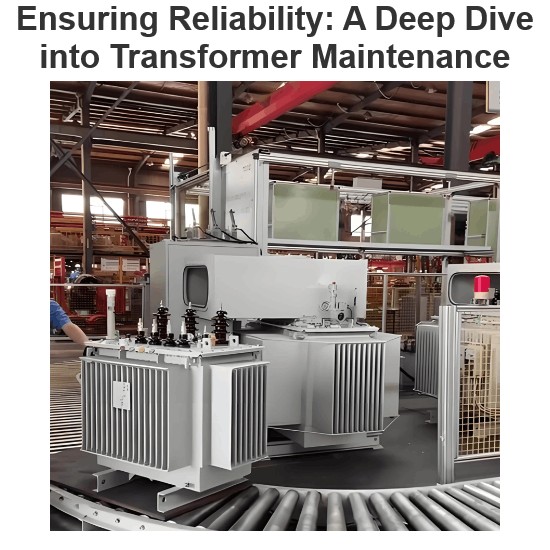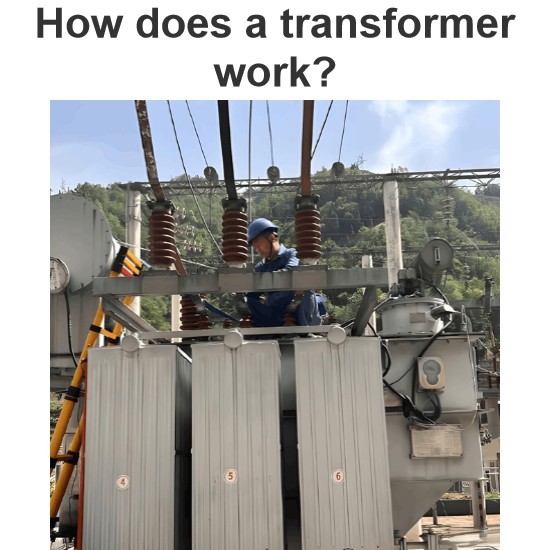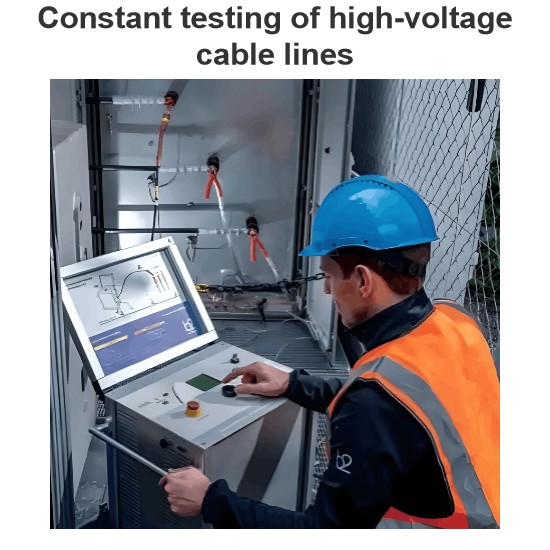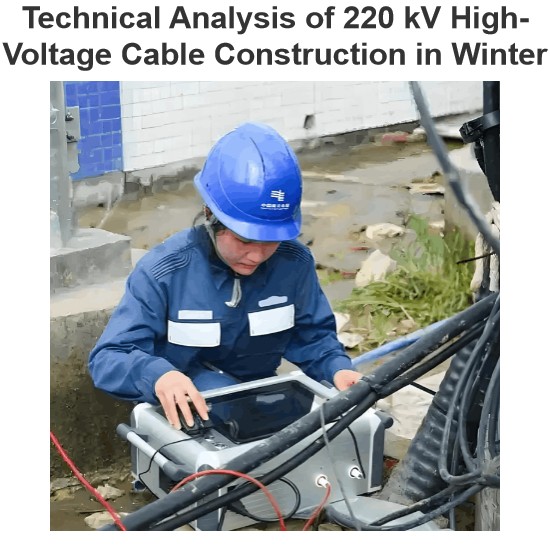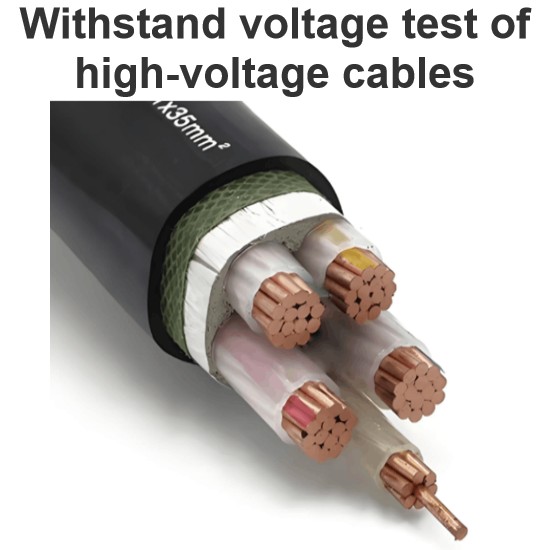| Brand | Wone |
| Model NO. | WD-2137 Underground pipeline detector |
| Output Voltage | 60V |
| Series | WD-2137 |
Description
WD-2137 underground pipeline detector is a high-tech product designed based on the reflection principle and electromagnetic induction principle of electromagnetic waves in the transmission process, combined with digital filtering, wireless reception and software control.
Specifications
Transmitter technical parameters:
Apply a specific frequency of positioning signal to the pipeline;
Output mode: induction mode, direct connection mode, and clamp mode;
Operating frequency: 577Hz, 815Hz, 8k Hz, 33 k Hz, 65.5kHz, 82k Hz, 133k Hz, three composite frequencies simultaneously output and the selected frequency custom;
Output power: 10W;
Output voltage: 60V;
Maximum output current: 1A;
Power supply: double power supply, lithium battery pack (energy saving and environmental protection);
Continuous working hours: 12 hours at 1W; 8 hours at 5W; 5 hours at 10W;
Ambient temperature: -20℃ -50℃.
Receiver technical parameters:
The receiver has two receiving modes, "basic" and "peripheral". When the mode is "A-frame" mode, the "peripheral" receiving mode can only be entered in the A-frame mode.
Receiving frequency: Receive five kinds of sinusoidal AC signals of low frequency, intermediate frequency, high frequency, radio frequency and 50Hz.
Receiving mode: crest method (horizontal coil), trough method (vertical coil), depth measurement (dual horizontal antenna), current measurement (dual horizontal antenna).
Signal interface: digital size, trapezoidal grating length, sound priority three ways to prompt signal strength at the same time
Display interface: high-brightness LCD, supports working under strong sunlight, and backlighting to ensure normal work at night.
Gain control: manual adjustment, dynamic range 000-100db.
Probe length:
When the metal pipeline is directly connected, the maximum length is 15KM. .
When coupling metal pipelines, one coupling can measure 3Km, and multiple couplings are infinite.
When sensing metal pipelines, one sensing can measure 300m, and multiple sensing is infinite.
Depth measurement:
Direct reading detection depth, range 000-300cm.
80% method to measure the depth, range 000-300cm (coupling) 600cm (direct connection)
Current measurement: direct reading current, range 000-999mA.
Detection accuracy: ±2.5%+5cm (0-2m)
Power supply: imported high-capacity 18650 lithium battery pack, charge and discharge 500 times.
Standby time: more than 12 hours, power prompt.
Overheating and overcurrent: automatic protection.
Working temperature: -10℃—40℃.
Dimension: 650×110×32 mm
Weight: 1.6Kg

